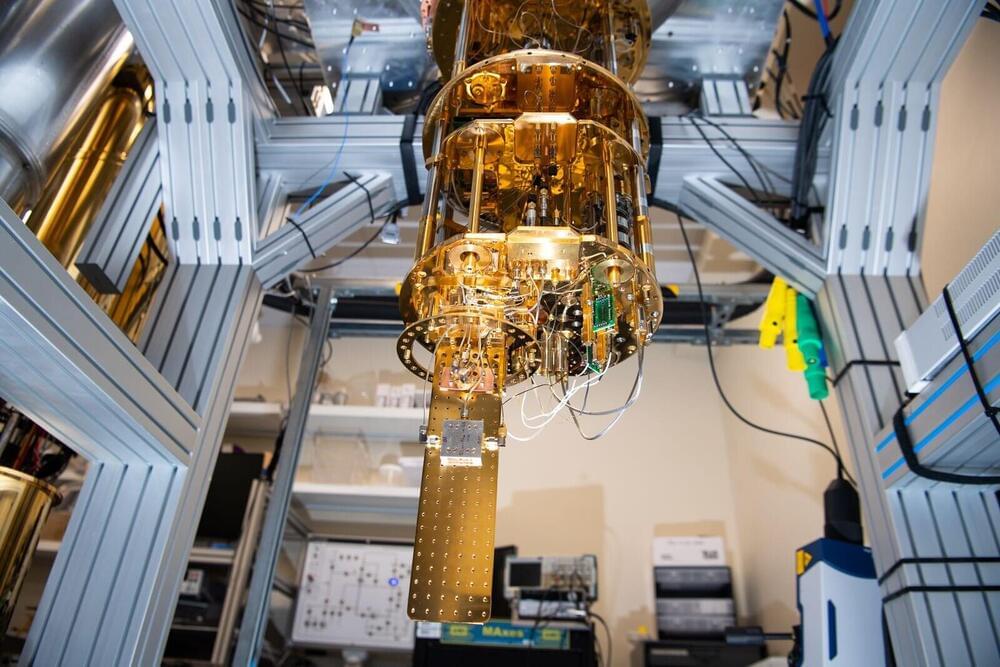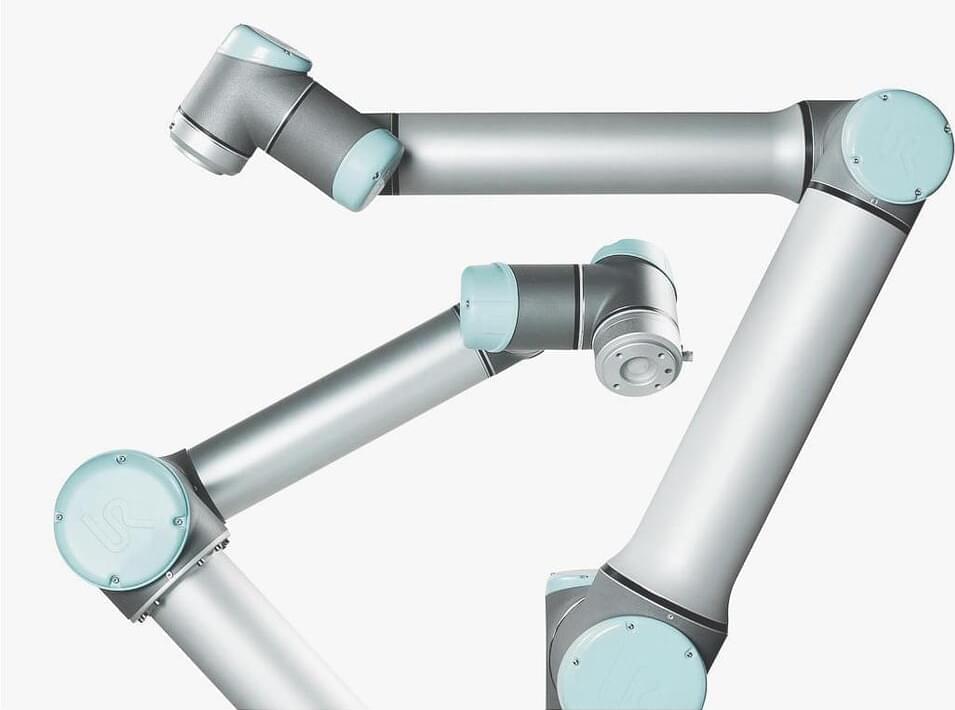Is there a way to suppress unwanted thoughts that repeatedly pop into your mind?




If you’ve ever tried to carry on a conversation in a noisy room, you’ll be able to relate to the scientists and engineers trying to “hear” the signals from experimental quantum computing devices called qubits. These basic units of quantum computers are early in their development and remain temperamental, subject to all manner of interference. Stray “noise” can masquerade as a functioning qubit or even render it inoperable.
That’s why physicist Christian Boutan and his Pacific Northwest National Laboratory (PNNL) colleagues were in celebration mode recently as they showed off PNNL’s first functional superconducting qubit. It’s not much to look at. Its case—the size of a pack of chewing gum—is connected to wires that transmit signals to a nearby panel of custom radiofrequency receivers. But most important, it’s nestled within a shiny gold cocoon called a dilution refrigerator and shielded from stray electrical signals. When the refrigerator is running, it is among the coldest places on Earth, so very close to absolute zero, less than 6 millikelvin (about −460 degrees F).
The extreme cold and isolation transform the sensitive superconducting device into a functional qubit and slow down the movement of atoms that would destroy the qubit state. Then, the researchers listen for a characteristic signal, a blip on their radiofrequency receivers. The blip is akin to radar signals that the military uses to detect the presence of aircraft. Just as traditional radar systems transmit radio waves and then listen for returning waves, the physicists at PNNL have used a low-temperature detection technique to “hear” the presence of a qubit by broadcasting carefully crafted signals and decoding the returning message.
Join us on Patreon!
https://www.patreon.com/MichaelLustgartenPhD
Bristle Discount Link (Oral microbiome quantification):
ConquerAging15
https://www.bmq30trk.com/4FL3LK/GTSC3/
TruDiagnostic Discount Link (Epigenetic Testing)
CONQUERAGING!
https://bit.ly/3Rken0n.
Quantify Discount Link (At-Home Blood Testing)
https://getquantify.io/mlustgarten.
Cronometer Discount Link (Daily diet tracking):
https://shareasale.com/r.cfm?b=1390137&u=3266601&m=61121&urllink=&afftrack=
Support the channel with Buy Me A Coffee!
Once the first artificial super intelligence is created it will help us recursively improve ourselves and then the post human millennium will begin.
Thinking this will prevent war, the US government gives an impenetrable supercomputer total control over launching nuclear missiles. But what the computer does with the power is unimaginable to its creators.
The ensemble of sounds in this video captured on Mars by NASA’s Perseverance rover includes a dust removal tool for rock analysis, the Ingenuity Mars helicopter, and the impact of a laser on rocks. A new study of some of those sounds, captured mostly by the rover’s SuperCam microphone during the first 216 Martian days of the mission, reveals how sound differs on Mars, including traveling slower than on Earth. Credit: NASA/JPL-Caltech.
A new study based on recordings made by the rover finds that the speed of sound is slower on the Red Planet than on Earth and that, mostly, a deep silence prevails.

New research from medical scientists at Johns Hopkins University linked abnormally formed proteins in the human brain with the psychiatric illness called schizophrenia, in a significant number of patients. While they’re not yet sure what the connection is, the study said that deformed proteins were found in the brains of many patients who were diagnosed with schizophrenia.
— contents —
~ story ~ infographic: diagram ~ report ~ by definition ~ infographic: chart ~ learning.

Miso Robotics company creates automated tech that assists + empowers commercial chefs to make food consistently and perfectly — while saving waste + cost through efficiency and precision.
The AI automated food prep robotic system named Flippy is currently being tested + implemented in the kitchens of top global brand restaurants. Miso Robotics has also innovated the world’s first point-of-sale integrated automatic beverage dispenser — named Sippy. All of the Miso Robotics mechanical systems operate on their Miso AI software platform.
The featurette below shows Flippy’s surprising capabilities. You can also see the Sippy’s novel cup-sealing method, designed to save the planet from millions of pounds of plastic lid waste.

What’s a Metaverse, and Why is One Having a Fashion Show?
Experiential Marketing Meets Social Commerce in the Metaverse
For all the hype of the metaverse as the future of entertainment, retail, and social media, there’s only one business that has an actual, proven track record: Concerts from recording artists like Arianna Grande and Travis Scott have drawn millions of fans.
Smart glasses from the likes of Amazon, Meta, and Snap will complement and then replace smartphones.